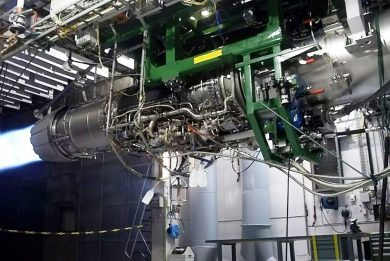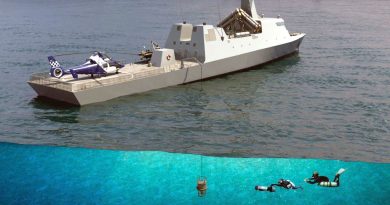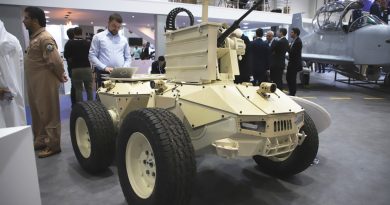FIA2024 – The Swedish Air Force’s growing role in NATO
On the eve of FIA24, the Swedish Air Force’s Commander in Chief, Major General Jonas Wikman, outlined its current state within NATO at the Swedish Air Force Fan Club meeting
In the past year, he said that he had the pressure of integrating the air force into NATO although he said that its interoperability with the organisation was better than some others. It had already increased its capability before the Russian invasion of Ukraine. However, the air force was designed to fight alone from Swedish territory and that is having to change. However, he pointed out that its agility is its strength and has put it ahead of many other air forces in the adoption of dispersed operations while it had undertaken numerous overseas deployments in support of international operations in the past. Another challenge is integrating the Gripen E with neighbour’s F-35 combat aircraft.
The air force is now carrying out Quick Reaction Alerts (QRA) once a day to identify possible hostile aircraft and make its presence felt and it flew its first NATO mission a week ago from Iceland as part of the Nordic Air C2. Airborne Surveillance Control (ASC890) will be the largest Swedish military aid package at € 1.16 Billion and will provide Ukraine with a new capability against both airborne and maritime targets. Major General Wikman said as its S-100B Argus AEW&C aircraft are being donated to Ukraine, the air force is awaiting the delivery of its three Saab GlobalEyes that will be an integral part of ASC890.
As far as new equipment is involved, apart from GlobalEye, 12 additional UH-60M Black Hawk helicopters have been ordered and the maritime variant of its NH90 helicopters will be replaced by 2030. As part of the air force’s Next Generation Air Programme, one of its priorities is the replacement of its ageing C-130H fleet; the options for a new tactical transport include the latest version of the Hercules and the Embraer KC-390 and Gen. Wikman expects a decision “quite soon”.
As for next generation fighter aircraft, Sweden is monitoring the trinational GCAP’s and Franco-German FCAS progress while not committing to joint either programme although in the future some kind of manned/unmanned concept will be included.
As far as pilot training is concerned, basic training will be carried out in Sweden on the Grob G120TP while advanced training will be carried out in Italy under a 10-year contract with the International Flight Training School. Helicopter training takes place in Germany while transport crew training is in the United States.
In common with many other air forces, Major General Wikman said that the Swedish Air Force suffers from lack of personnel, retention and low recruitment although conscription is a lever to overcome some of these problems.
The Swedish Air Force is also becoming involved in the space domain. At the SAFF meeting, Dr/Colonel Ella Carlsson, Space Chief Swedish Air Force, said that space ISR is a vital element of the security and defence of the nation and that it has an agreement with the United States to share information. Sweden expects to launch its own satellites by 2028 and there is a plan the develop small 2 kg satellites that could be launched from Gripen aircraft which is a requirement from Ukraine.
Photos courtesy Swedish MoD and Saab





